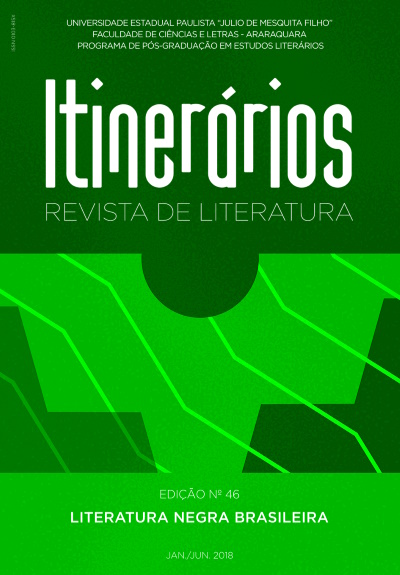Luanda: dinâmicas urbanas e representações culturais
DOI:
https://doi.org/10.58943/irl.vi46.12236Palavras-chave:
Escritores angolanos, Luanda, Mosaico de culturas, Representação cultural,Resumo
A cidade de Luanda é personagem central na obra de Luandino Vieira, com as suas estórias a invocarem os musseques onde os espaços físicos e humanos se complementam para retratar a vida na capital na época colonial. Por sua vez, Ondjaki e Manuel Rui incorporam a ideia da cidade multifacetada e culturalmente diversificada, construindo uma imagem de Luanda que aparece como o símbolo da nação angolana, a capital na pós-colonização a escrever a sua história recente, cidade crioula em termos culturais e adepta da globalização. Luanda é a cidade-personagem, vibrante e complexa, retratando as vicissitudes da vida, a decadência (neocolonial), ou a violência, caraterísticas de outras cidades africanas, sem esquecer os vitais aspectos culturais e arquitetónicos. O documentário Oxalá cresçam pitangas (2006), produzido e dirigido pelo escritor angolano Ondjaki e por Kiluanje Liberdade, junta as preocupações sociais com uma visão estética muito particular, mostrando diferentes formas de viver em/e interpretar a cidade de Luanda, numa Angola que se adapta às necessidades criativas de gentes e línguas de todo o país. A ação do documentário é enriquecida pelos participantes criativos, operando por vezes à margem da sociedade e da intervenção pública, concentrando-se em trajetórias individuais e coletivas, explorando produções singulares e alternativas numa cidade tão cheia de possibilidades, mas também recheada de discrepâncias. A capital angolana é um mosaico de culturas, uma amostra da pluralidade cultural do país, uma cidade onde, durante a longa guerra civil, muitos dos deslocados se reuniram em busca de paz e de uma vida longe do caos militar. Pretende-se com este artigo observar e analisar vivências da Luanda colonial e pós-colonial através de textos selecionados de Luandino Vieira, Manuel Rui e Ondjaki, que apresentam diferentes formas de retratar e ler a capital angolana, os seus habitantes e as suas técnicas de sobrevivência.
Downloads
Publicado
Edição
Seção
Licença
Os manuscritos aceitos e publicados são de propriedade da revista Itinerários. É vedada a submissão integral ou parcial do manuscrito a qualquer outro periódico. A responsabilidade do conteúdo dos artigos é exclusiva dos autores. É vedada a tradução para outro idioma sem a autorização escrita do Editor ouvida a Comissão Editorial.

